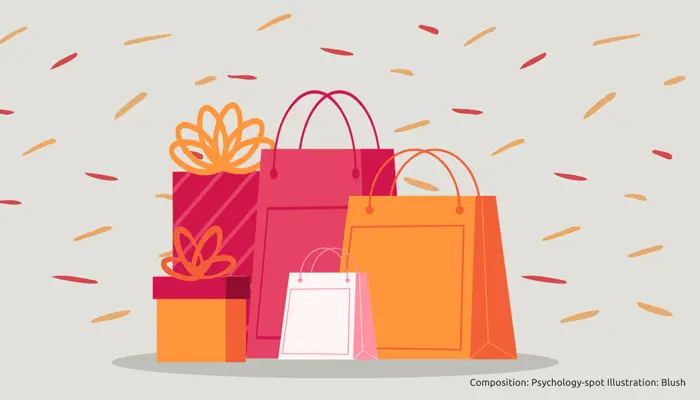
We are very suggestible, much more than we would be willing to acknowledge. In fact, we perceive details of our surroundings that end influencing unconsciously our “supposedly” rational decisions. For example, a room with a warmer temperature makes us be more pleasant and perceive our interlocutor as a more empathetic person, while a cold room has the opposite effect.
Similarly, smells have a powerful influence on our behavior. For example, the smell of detergent makes us eat more slowly while floral aromas make us better evaluate a product. Is what is known as Marketing Scents.
Therefore, it is not surprising that supermarkets implement all sorts of techniques to make clients spending more. Small details that our rational minds overlooked but are captured by our unconscious.
1. Large carts to be filled
Did you know that shopping carts appeared in 1938 and since then have gradually increased its size? In fact, initially they were intended to facilitate the purchase to customers but gradually the large stores have realized that the bigger they are, the more products can be placed inside. In fact, if the cart is half empty, we leave the store with the feeling that we didn’t buy enough.
2. Products: Better at eye level and on the right
Inside supermarkets, the products they want us to buy are located at the height of our eyes. This way we can see them easily. On the contrary, the cheapest items are often at the bottom because we do not usually pay much attention down there. In fact, sweets are often in the lower shelves, at the height of the eyes of children so to persuade their parents to buy them. Moreover, the products they prefer to sell are on the right because as most people are right-handed, they often look to that side.
3. Price always includes a “9”
It’s an old trick but still works perfectly. This is because we tend to look only at the first digit, and do not count the pennies. Therefore, we think that an article priced 9.90 Euros costs 9 Euros when actually costs about 10 euros. In this way we do spend more, without being fully aware of it.
4. The location of the basic products changes frequently
Supermarkets cannot change the products too often because otherwise it will generate frustration among its customers. However, from time to time they change the sections of the products as this way we are forced to pay more attention, the goal is to avoid automatic purchases and draw our attention to new items that probably we wouldn’t notice.
5. Basic products are usually in the far corner of the store
The position of the products has a huge impact on sales. Therefore, the basic products, such as milk or eggs, can be found usually in the back of the store. This way customers are forced to walk across the entire surface, and so on their path there’s a chance they find other products they didn’t plan to buy.
6. Expendable products are located at the entrance of the store
In most supermarkets products which are expendable are at the entrance, like flowers or bakery. In this way we are more tempted to buy them because cart is empty and they become a temptation, thanks to the visual impact. Also, did you know that the floral aroma or the smell of baked goods activate our salivary glands causing that we buy more on impulse?
7. The most expensive and expendable products will always be at the cash register
Once you have finished shopping and got to the register to pay, usually you have to wait a bit. Meanwhile you see candy, magazines, energy bars, batteries and chewing gums, the type of product that usually you do not have in mind when you go out for shopping. Interestingly, they also have very high prices, but you buy them because you think maybe you need it, or because children convince you.
8. Cards and discount tickets increase the purchase price
Supermarkets usually offer cards that accumulate points or coupon that can be applied, for example, at the pump to buy discounted fuel. However, we can only obtain discount with a minimum purchase. This way the store ensures that the client who initially was only going to spend 20 or 25 Euros, wind up spending 30, to get the points or the discount, without any benefit for himself.
9. Shops: The bigger the better
Size counts, at least in a supermarket. It has been shown that when we are in a small and crowded shop we usually stress out and buy faster, so we end up buying less. Conversely, when we can buy more relaxed we are victims of impulse purchases, so we end up filling the shopping cart. For this reason, the larger is the surface, the less we will get stressed by the amount of people in the store and we spend more time inside.
10. Music is used to increase sales
In recent times we can listen to music in every shop or supermarket. It’s not a coincidence, it has been shown that the rhythm of gentle music encourages us to spend more money. Instead, the loudest and rough the music is and more affects sales. The best is classical music because relaxes us, makes us feel good and encourages us spending more money. In fact, the power of music on our behavior is immense.



